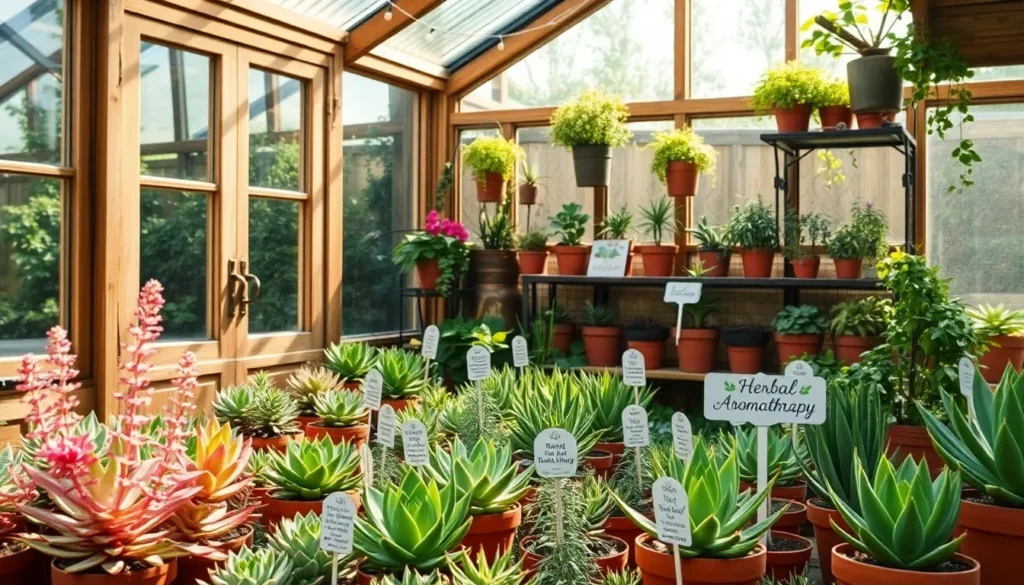Imagine stepping into your backyard to find a lush oasis, a sanctuary brimming with thriving plants regardless of the season. Whether you’re a budding gardener just starting to explore the wonders of horticulture or a seasoned green thumb looking to refine your skills, “Backyard Greenhouse Gardening Tips” is your gateway to creating that vibrant retreat. This guide is packed with design strategies and expert advice tailored to transform your backyard greenhouse into a haven of growth and abundance.
For both novices and veterans, the list of tips offered here is a treasure trove of practical insights aimed at maximizing your gardening success. From understanding the essentials of greenhouse management to mastering the art of plant selection and care, you’ll discover techniques that promise bountiful harvests and flourishing blooms. As you delve into these pages, you’ll unlock the secrets to extending your growing season, optimizing plant health, and enjoying the unparalleled joy of nurturing your garden paradise.
With each tip, you’ll feel a surge of confidence, knowing that your efforts will yield beautiful results. Embark on this exciting journey and watch as your backyard greenhouse becomes a testament to your dedication and love for gardening. Let’s cultivate not just plants, but also the immense satisfaction and joy that come with every leaf and blossom.
Ventilate Greenhouse for Airflow
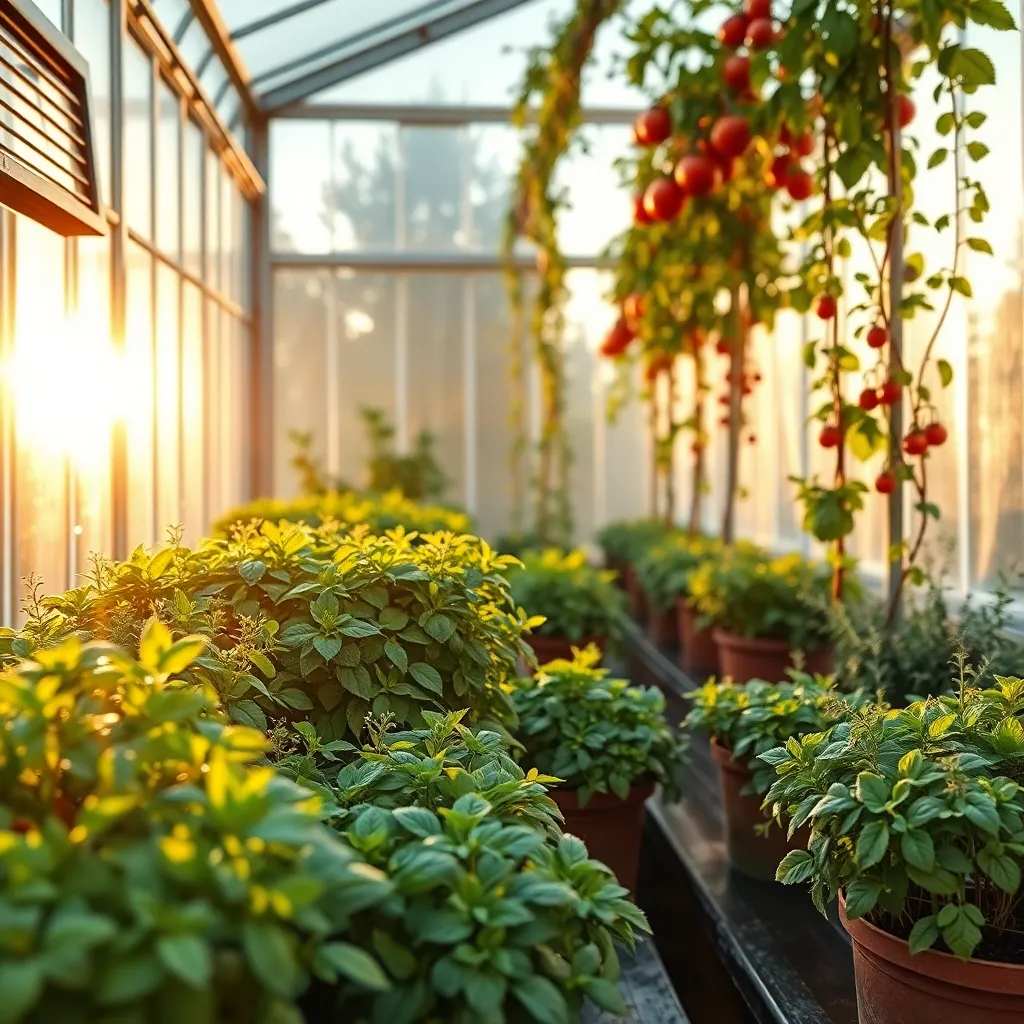
Proper ventilation in your greenhouse is crucial for maintaining optimal plant health. By ensuring adequate airflow, you can help prevent mold and mildew, which thrive in stagnant, humid conditions.
To achieve effective ventilation, consider installing adjustable vents on the roof and walls of your greenhouse. These allow you to regulate the air exchange based on the weather, ensuring that your plants receive fresh air while maintaining the necessary humidity levels.
For beginners, a simple oscillating fan can be an excellent addition to promote air circulation. Place it at one end of your greenhouse to gently move air across your plants, reducing the risk of fungal diseases.
Advanced gardeners might consider using a thermostat-controlled ventilation system. This system automatically opens vents or turns on fans when the temperature or humidity reaches a certain level, providing a more hands-off approach to maintaining the ideal environment.
Monitor Temperature Consistently
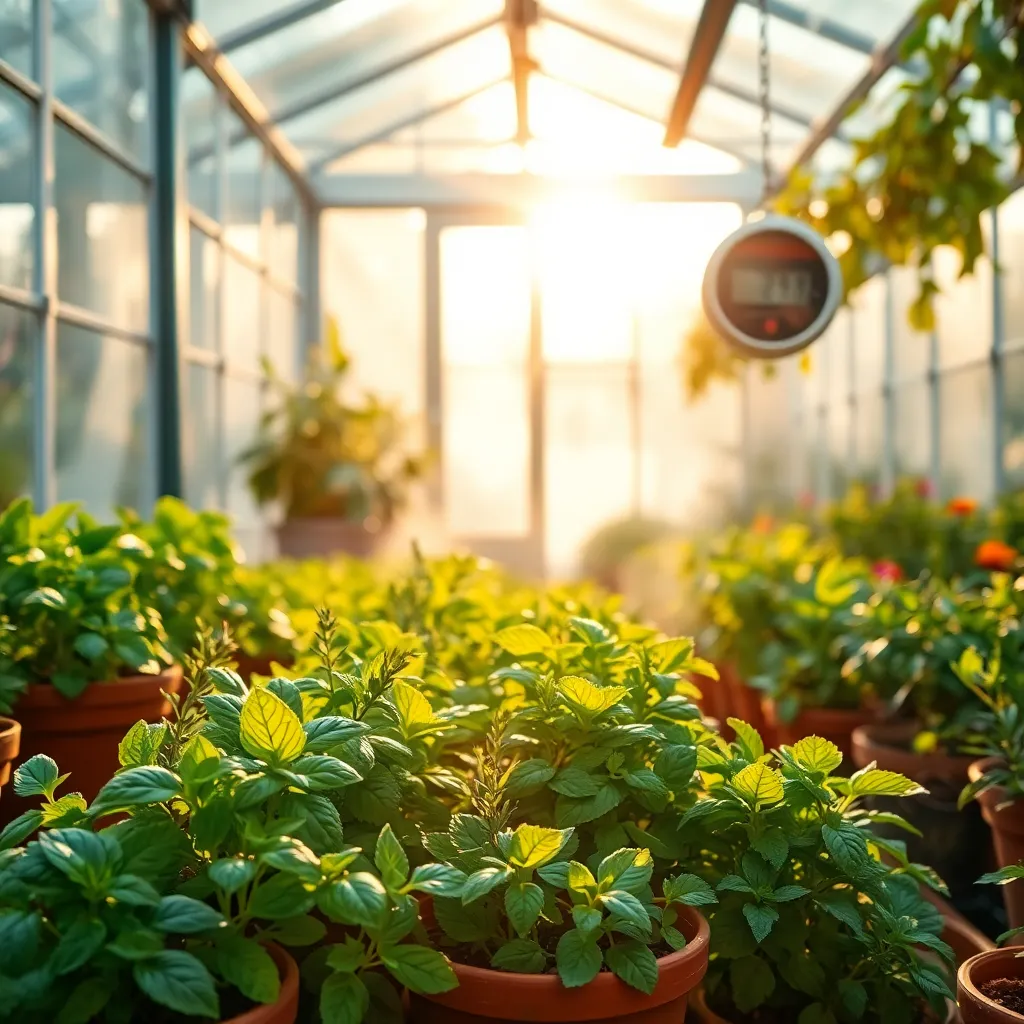
Monitoring temperature consistently in your greenhouse is crucial for maintaining an optimal growing environment. A simple way to start is by installing a reliable thermometer that can be read easily from a distance, ensuring you can keep tabs on the temperature at a glance.
Consider using a digital thermometer with a memory function, which can track temperature fluctuations throughout the day. This allows you to make informed decisions about when to ventilate, heat, or shade your greenhouse, adapting to changing weather conditions effectively.
For beginners, it’s essential to understand that most plants thrive between 65°F and 75°F during the day. At night, ensure the temperature doesn’t drop below 45°F for warm-loving plants, using a small heater if necessary to maintain warmth.
Advanced gardeners might explore the use of automated systems that adjust ventilation and heating based on pre-set temperature ranges. This can save time and ensure your plants are consistently in their ideal environment without constant manual intervention.
Utilize Vertical Growing Space
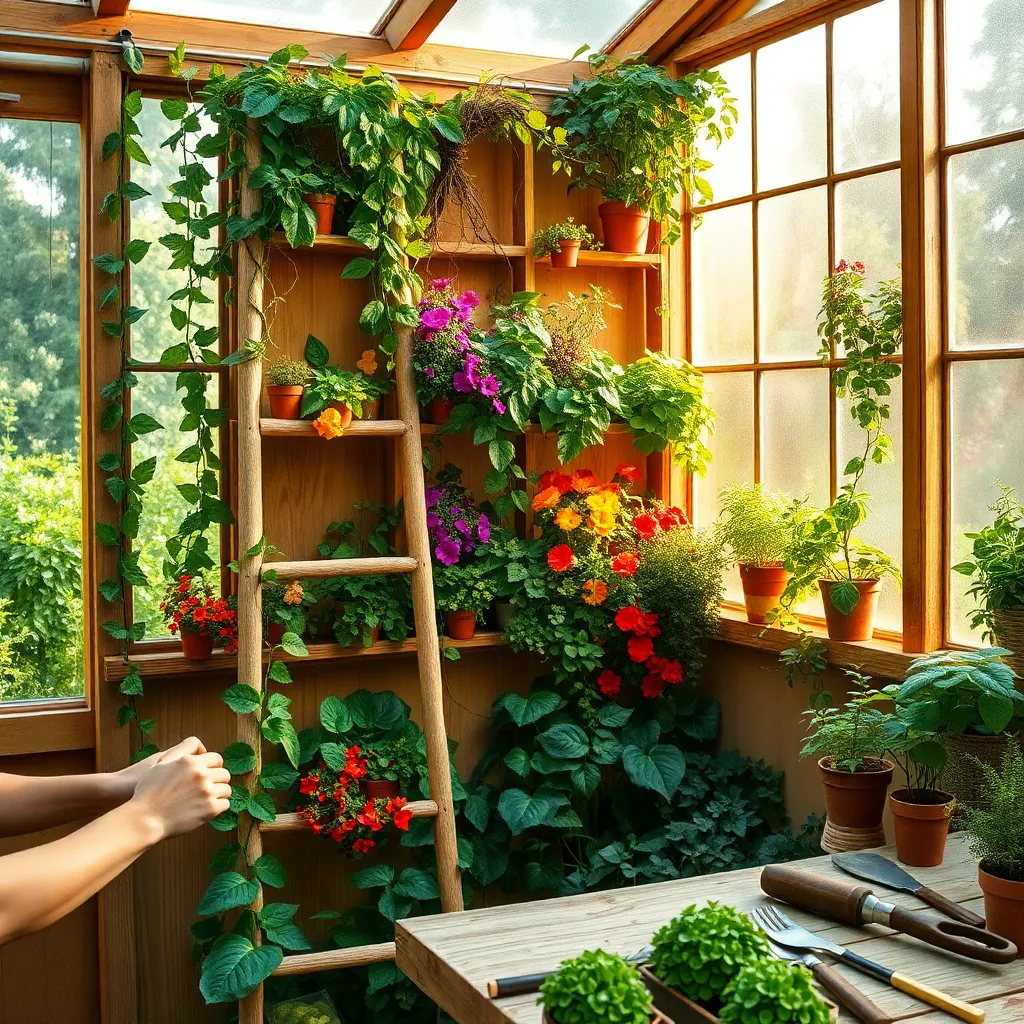
Vertical growing space is an excellent way to maximize the limited area within your backyard greenhouse. By utilizing structures like trellises, shelves, and hanging pots, you can significantly increase your plant yield without needing additional ground space.
For beginners, starting with vining plants such as peas, beans, and cucumbers can provide quick success. These plants naturally climb and can be easily trained onto trellises, ensuring they receive ample sunlight and airflow.
Advanced gardeners might consider experimenting with vertical hydroponic systems, which allow for efficient water and nutrient delivery. These systems can be set up using PVC pipes or vertical towers, providing a practical solution for growing herbs and leafy greens.
When using shelves, ensure that they are sturdy enough to support the weight of pots and soil. Consider rotating plants on these shelves periodically to ensure even exposure to light, preventing one-sided growth.
Select Climate-Appropriate Plants
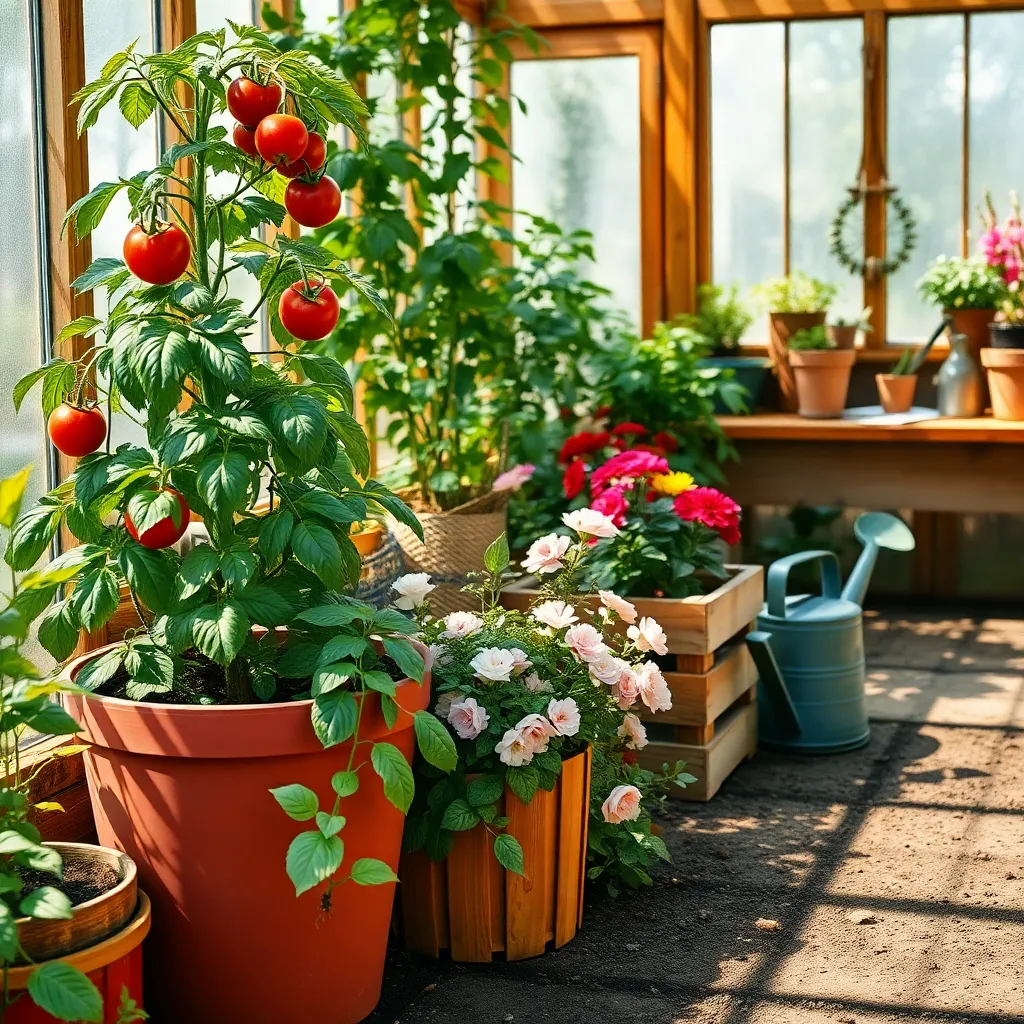
Choosing climate-appropriate plants is essential for thriving greenhouse gardening. Consider your local climate conditions, such as temperature ranges and humidity levels, when selecting plants to ensure they can flourish with minimal intervention.
Start by researching plants that naturally adapt to your region’s climate. Consult local gardening guides or agricultural extension services for recommendations on the best species and varieties for your area.
For beginner gardeners, hardy plants like lettuce, kale, and Swiss chard are great choices. These vegetables tolerate a range of conditions and can be a rewarding starting point for your greenhouse endeavors.
Advanced gardeners might experiment with more sensitive plants like orchids or citrus trees. Ensure these plants receive the specific temperature and humidity levels they require, often achievable with climate control systems in your greenhouse.
Pay attention to each plant’s watering and soil needs to optimize their growth. Use well-draining soil to prevent root rot and tailor your watering schedule to each species’ unique requirements.
Incorporating a diverse selection of plants can also help balance the greenhouse ecosystem. This diversity can lead to improved pollination and pest control, enhancing the overall health of your greenhouse garden.
Install Efficient Drip Irrigation
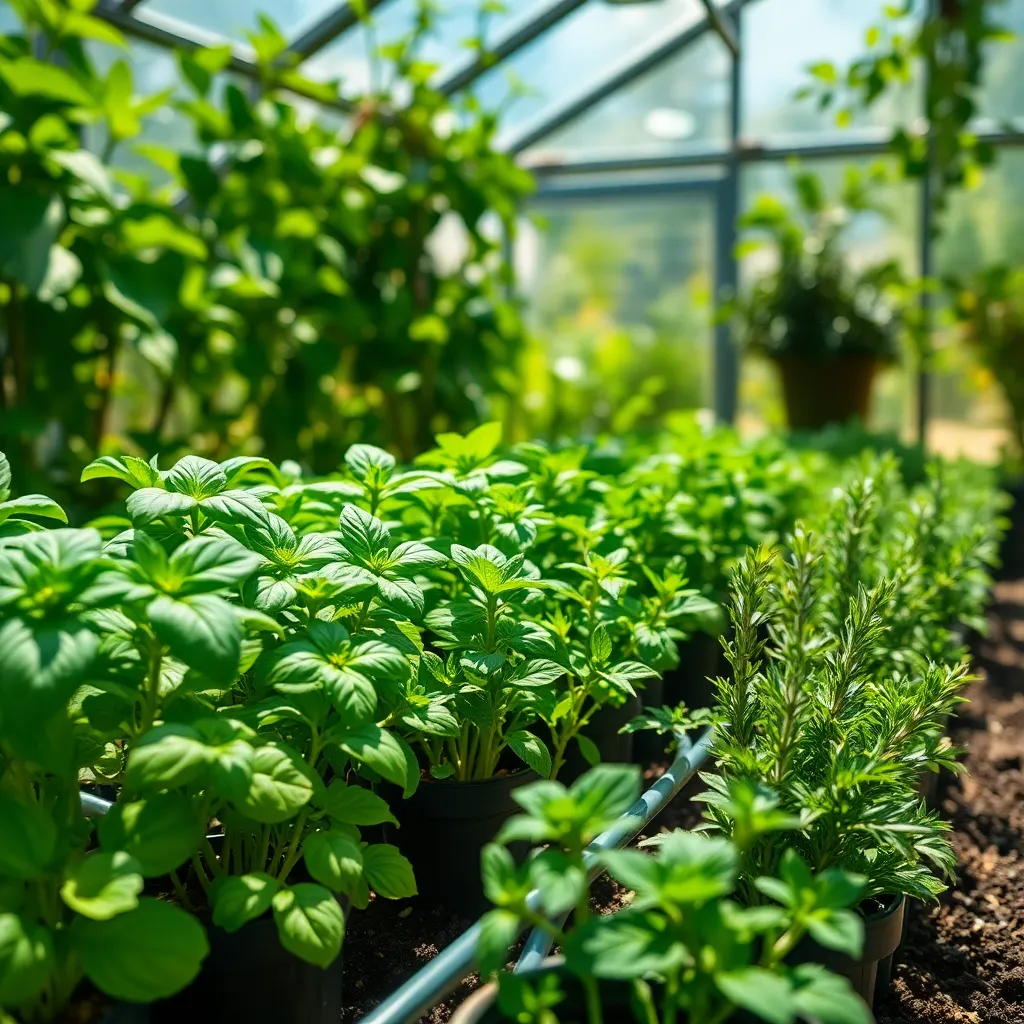
To maximize the efficiency of your backyard greenhouse, consider installing a drip irrigation system. This method ensures your plants receive consistent, targeted watering, which is crucial for optimal growth.
Unlike traditional watering methods, drip irrigation reduces water waste by delivering moisture directly to the plant roots. This not only conserves water but also prevents diseases caused by wet foliage, making it an ideal choice for greenhouse environments.
Begin by setting up a network of tubing that connects to a water source and runs throughout your greenhouse. Use emitters or drip lines to control the water flow to each plant, allowing you to adjust based on individual plant needs.
For those new to greenhouse gardening, start with a basic kit that includes tubing, connectors, and emitters. More experienced gardeners might opt for customizable systems that include timers and moisture sensors for even greater precision.
Regularly check your system for clogs or leaks to maintain its efficiency and ensure your plants are getting the right amount of water. With a well-maintained drip irrigation system, you’ll notice healthier plants and a reduced water bill, making it a truly sustainable choice for your greenhouse.
Conclusion: Growing Success with These Plants
In nurturing your backyard greenhouse, you’ve uncovered five essential relationship concepts: the importance of consistent care, the power of patience, the need for adaptability, the value of communication, and the beauty of shared growth. Just as plants thrive with attention and love, so do our personal connections flourish when we invest in them wholeheartedly.
As your next step, choose one relationship in your life that could benefit from a little more ‘gardening.’ Whether it’s through a heartfelt conversation, a spontaneous act of kindness, or simply spending quality time together, start nurturing it today. By doing so, you’ll not only enhance that connection but also foster an environment where all your relationships can bloom.
Remember, cultivating strong relationships is a journey that requires continuous effort and dedication. Bookmark this article now to have these valuable tips at your fingertips whenever you need a gentle reminder or a fresh perspective.
Looking forward, embrace the journey of growth and connection with optimism and commitment. With each step you take, you are building the foundation for enduring relationship success. Your garden of relationships awaits—tend it with care, and watch it flourish.

